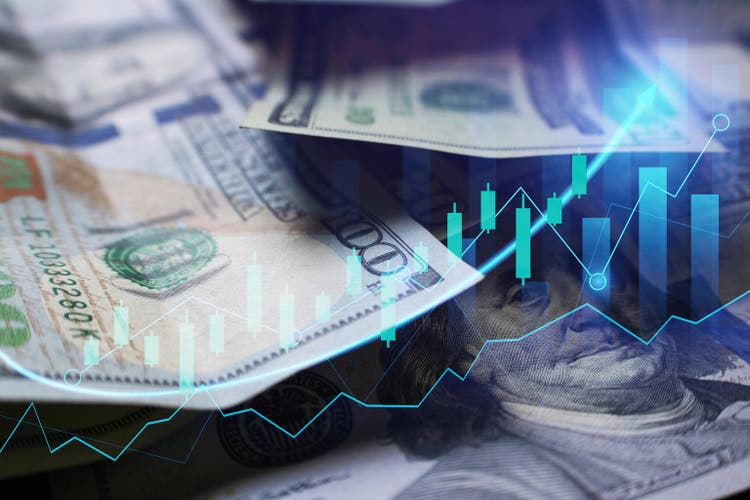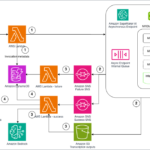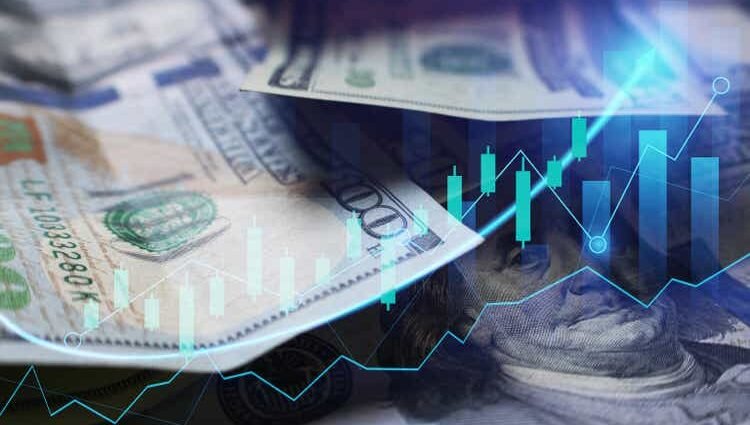
Darren415
When the U.S. Department of Commerce releases its personal income and outlays report for May on Friday, most eyes will be trained on the inflation data it contains.
Specifically, the core personal consumption expenditures index will provide further evidence on whether the lack of progress in lowering inflation earlier in the first quarter of the year was a bump in the road or a worrying trend. In April, disinflation appeared to resume, but one month does not a trend make.
The headline number — the PCE index — is expected to see no change month-over-month, or 2.6% year-over-year, according to the consensus. That compares with April’s 0.3% M/M increase and 2.7% Y/Y growth.
Inflation “is improving, but slowly,” Kenneth Kim, a senior economist at KPMG US, told Seeking Alpha in an interview. He sees a chance that PCE could drop 0.1% M/M. “But if we do get a negative print for a headline on a month-to-month basis, the annual increase could actually drop to 2.4%. So that would be quite measurable progress in disinflation,” he said.
The Federal Reserve prefers to focus on core PCE, which excludes the volatile food and energy sectors, because it better reflects underlying inflation trends, than the Consumer Price Index, the central bankers have said. CPI measures the price changes on a fixed basket of goods and services, while PCE measures what consumers are actually spending, reflecting changes in behavior like substituting cheaper products when inflation rises.
Core PCE is expected to tick up 0.1% M/M in May, according to the consensus by economists, slowing from the 0.2% increase in April. On a year-over-year basis, that would come to a 2.6% rise compared with a 2.8% increase in the prior month.
KPMG’s Kim is in line with consensus on the core number. “So the inflation numbers would be moving in the right direction for the Fed for the core measure as well,” he said. He’ll be paying close attention to housing costs, energy prices, and insurance in the May PCE numbers.
Insurance costs have a smaller weighting in PCE than in CPI. And some of the producer price index data that feeds into the CPI were beneficial in May, he said. “That’s the reason we think there’s a possibility of a negative print for the headline month-to-month change for May.”
If the actual numbers bear out, that could give Fed policymakers increased confidence that inflation is heading “sustainably” toward the central bank’s 2% goal. When they’re confident in the path of inflation, then they’ll consider making their first interest rate cut in the cycle. But they won’t rush to judgment. Several Fed officials insist they’ll need several more months of data to attain that confidence.
“You need several months of confirmation [to show] clearly[that] we are in a continued disinflation trend,” Kim said.And he expects that the Fed will wait for a couple more months of confirmation that inflation is indeed subsiding.
On Tuesday, Fed Governor Michelle Bowman said that in her base case, there are no rate cuts in 2024. Instead, in her economic projection, rate cuts won’t come until 2025.
KPMG is only expecting one rate cut in 2024, down from the three it expected at the beginning of the year.
Markets, though, are leaning toward a rate cut in September, with a 56.3% probability of a 25-basis-point reduction to 5.00%-5.25%, according to the CME FedWatch tool. Traders sees an over 60% probability that there will be at least one more rate cut by the end of the year.










